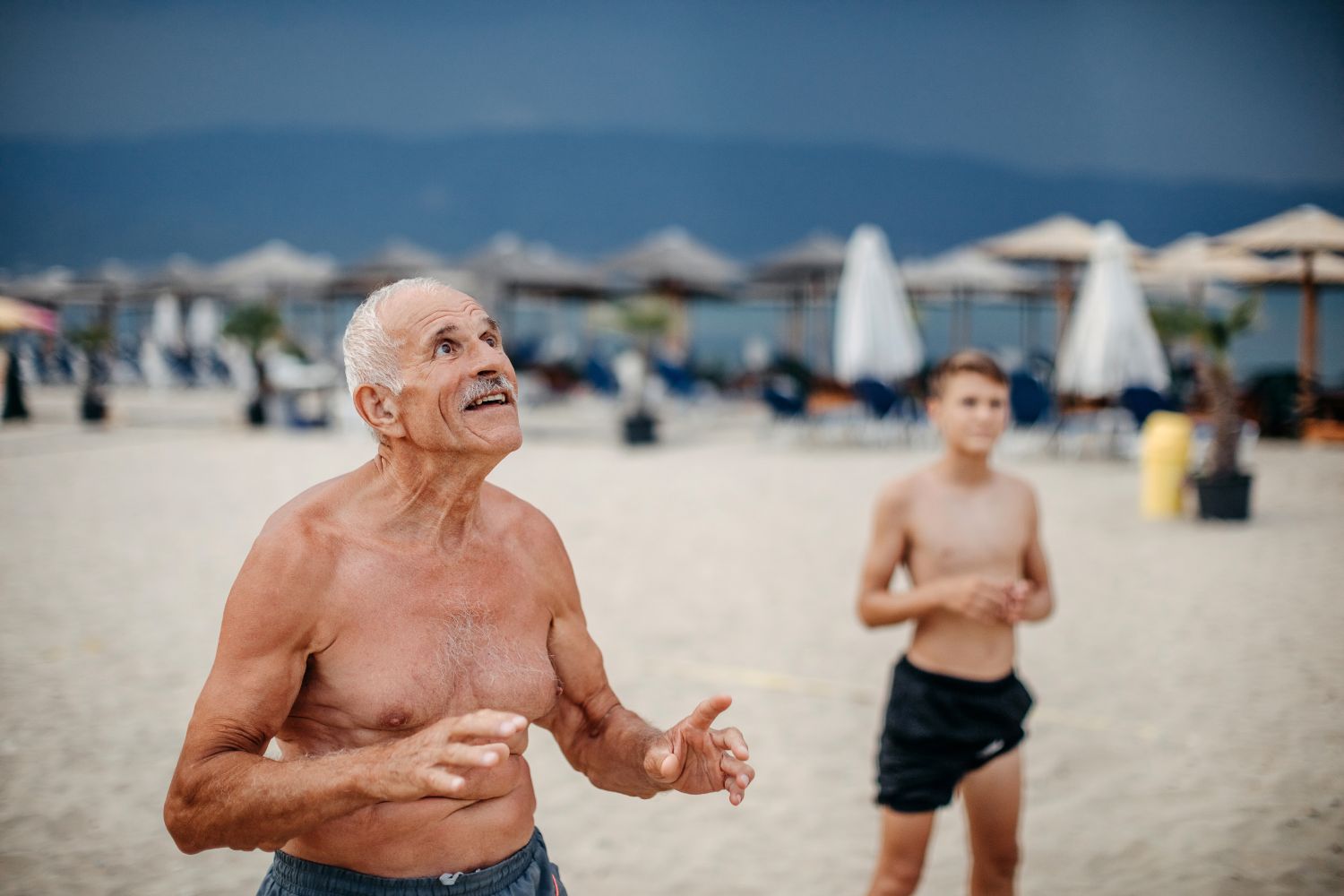“Blue Zones” are areas of the world in which residents have significantly above-average lifespans, with many community members living to the age of 100 and beyond, an amazing accomplishment otherwise known as achieving “centenarian” status.
Today, there are a total of five regions worldwide that scientists agree should be labeled Blue Zones:
- Okinawa, Japan
- Ogliastra, Sardinia in Italy
- The Nicoya Peninsula in Costa Rica
- Ikaria, Greece
- Seventh-Day Adventists in Loma Linda, California in the United States
Let’s look at the common factors between these five regions to understand why their residents have such long lives (as well as such a high quality of life). As we do so, we’ll examine key aspects of lifestyle and health like diet, physical activity, social connections, and more.
Diet and Nutrition: The Foundation of Longevity
A commonality between cultures located in Blue Zones is the fact that they eat mostly plant-based diets with a particular focus on vegetables. They also consume moderate amounts of calories. For instance, in Okinawa, they follow the tenet of Hara hachi bu, which translates to “Eat until you are 80 percent full.” In combination with a diet composed of primarily healthy ingredients like vegetables, whole grains, legumes, fish, and nuts, this habit explains why Okinawans have such low rates of cancer, stroke, and heart disease.
To learn more about the powerful relationship between nutrition and longevity, read our blog post on this subject.
Physical Activity: Movement as a Way of Life
People who live in Blue Zones don’t typically have intentional exercise routines. You won’t find them going to the gym a few times a week for high-impact cardio exercise.
But they do get plenty of low-impact exercise, because movement is naturally built into their daily lives and routines. Their physical activity includes walking as transportation, dancing while socializing, and the movement involved in daily tasks like farming/gardening, cooking, and maintaining their households.
Figuring out ways to build movement into your everyday routines—for example, by having to walk as part of your daily commute—is much more effective and easier to stick to than forcing yourself to go to the gym on a regular basis. This is a powerful insight from cultures that are located in Blue Zones.
Social Connections: The Power of Community
We have a wealth of evidence showing that being chronically lonely can decrease your lifespan and increase your mortality risk by up to 50 percent. That’s why it’s no surprise that those who live in Blue Zones have strong, healthy social connections, both with their families (which their cultures prioritize heavily) and with other community members. Their cultures also tend to have strong involvement in faith-based communities. Having plenty of social cohesion and being able to rely on mutual caregiving is a major contributor to the health of Blue Zone residents.
Sense of Purpose: Finding Ikigai
The Japanese term Ikigai translates to “a reason for being,” which is another essential factor in the longevity of those who live in Blue Zones: they tend to have a strong life purpose that gives them a reason to get out of bed in the morning. Similarly, in the Nicoya Peninsula, they call this feeling of purpose “plan de vida,” and it’s particularly emphasized among elders in the community.
Whatever you call it, the takeaway is that having a sense of purpose is crucial for overall health and well-being, and it helps to reduce stress. Find your reason for getting out of bed each day to help make your life not only longer, but happier.
Environmental Factors: Living in Harmony with Nature
An aspect of Blue Zones that often gets less attention than it should is these cultures’ emphasis on living in harmony with their natural surroundings. For instance, residents of Sardinia are strongly invested in protecting nature, with 83 percent of those surveyed agreeing that an unpolluted environment is essential to the success of their business endeavors. Meanwhile, in Costa Rica, there are 28 national parks protecting their forests, and Ikaria, Greece is heavily involved in volunteer ecotourism projects and green energy parks. Blue Zones are notable for their residents’ deep investment, both emotional and practical, in their environments.
Conclusion: Lessons from Blue Zones
Even if you don’t live in a Blue Zone yourself, you can emulate aspects of their lifestyles to improve your health, achieve greater happiness, and increase your life expectancy.
Not sure where to start? An excellent place to begin is by investigating your current expected life expectancy using our detailed Life Expectancy Calculator. Using the most up-to-date data on longevity, it estimates how the factors listed above (and more) are likely to impact your lifespan.
And to learn more about other longevity-related topics, be sure to check our Life Lessons section on a regular basis. You’ll find many more blog posts with science-based insights and advice on maximizing your health in key areas.

